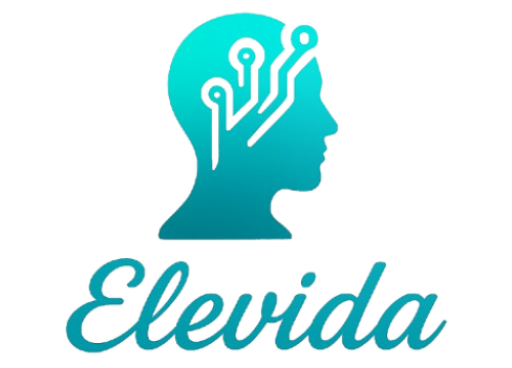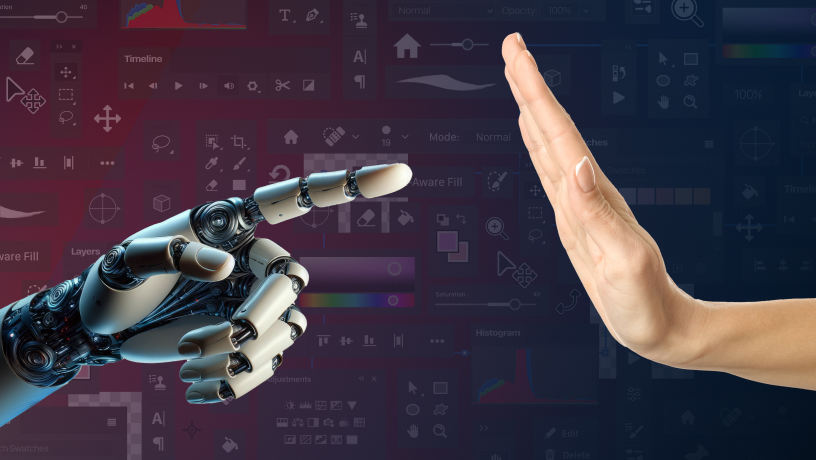You have spent good money on the latest AI platform...
To the naked eye, everything is running as it should. But, there’s just one problem – your team is quietly ignoring it, defaulting to the old, less efficient way of working because it is more comfortable. Yet again, a lot of money was spent on something gathering digital dust.
Normally, the narrative focuses on the “fear” factor – fear of job loss, fear of the unknown. Fear is real, but it’s a high-level (and lazy) diagnosis. The problem is not technophobia. What you are facing is a deeply human psychological barrier that most leaders are completely missing.
The "Perfect Teammate" Paradox
Here’s something everyone is feeling but very few are pointing out – the resistance you’re seeing is about having to work alongside a teammate people see as infallible.
We treat AI like a tool that should be perfect from the get-go. When it makes a mistake (a “hallucination,” a flawed data point), trust is broken instantly. We lose confidence in an algorithm far more quickly than in a human colleague who makes the same error. Why? Because we hold AI to an impossible standard.
Think of it like this: You hire a star athlete for your corporate team. In their first practice, they miss a simple layup. Immediately, the team’s confidence goes down the drain. “But, wait, I thought they were supposed to be perfect?” The pressure becomes too much to handle. The anxiety isn’t about the new player. The anxiety is about what their presence reveals about everyone else’s imperfections and, more importantly, how it shifts their own sense of identity and autonomy on the team. This is the core of employee resistance to AI.
So how do you fix this psychological disconnect? You stop managing a tool and start onboarding a teammate.
Onboarding Your New AI Teammate
- Break Your AI Tool. Seriously. Dedicate some time to intentionally making the AI fail – seriously, just break it. Ask dumb questions. Give it bad prompts. Show the team its limitations and laugh about it. This may sound silly, but it directly releases that “perfection pressure” myth and builds a healthy skepticism, teaching your team to critically question AI’s output instead of just accepting it.
- Assign AI “Buddies,” Not Just Trainers. Training can be a loaded word and come across as “something you have to do.” Onboarding is about relationships. Pair an AI champion with a skeptic. Their job isn’t just to teach clicks and prompts, but to discover how the AI “thinks,” learn its strengths, and define its role within the team’s workflow. This promotes a sense of shared discovery and lowers the anxiety of adoption.
- Measure Learning. Your initial ROI is your team’s confidence in using the tool. Track metrics like “number of new use cases discovered” or “successful corrections of AI errors.” This reframes mistakes as progress and encourages your team to think about how they’re using AI.
- Define Clear “Human-in-the-Loop” Rules. Be clear about where human judgment is required. This is not about babysitting the tech but instead about elevating your team’s role to strategic oversight. By doing so, you restore their sense of autonomy and expert identity, making them feel like the experienced coach.
Stop pushing for adoption and start promoting integration. The friction you’re seeing and experiencing is a feature of human psychology you’ve been ignoring. When you reframe AI as a new teammate to be developed, you transform resistance into a real partnership.




